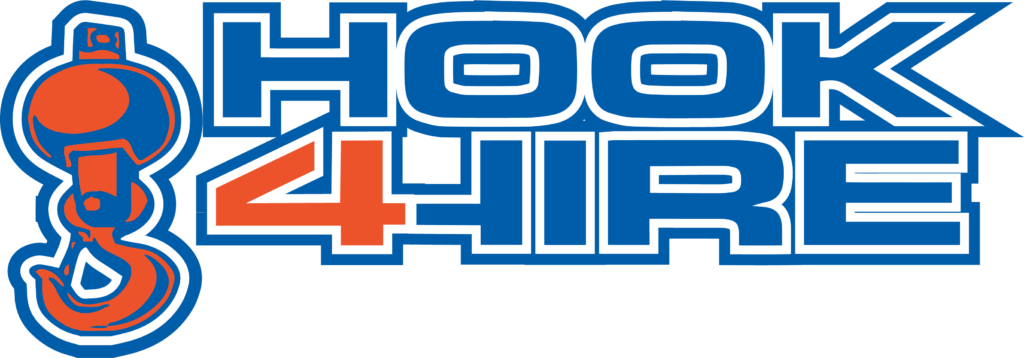Safety is the top priority in the mobile crane industry, and modern crane services are designed to meet the highest safety standards. In order to provide the best service possible, it’s important for businesses to stay informed about the latest industry guidelines and ensure that their equipment and operations are up to par. Here at Hook4Hire, we are committed to providing exceptional mobile crane services, while never compromising on safety procedures. This blog will discuss the importance of maintaining the highest safety standards in the industry and how you can ensure a safe working environment for your projects.
Mobile Crane Safety: Ensuring High Standards in the Industry
Understanding the importance of proper equipment maintenance is also a key aspect of ensuring safe mobile crane operations. This includes inspecting all crane components, including the brakes, engine, hydraulic systems, and rigging before each use, as well as performing regular preventative maintenance to keep the equipment in optimal condition. Doing so not only minimizes the likelihood of equipment failure but also extends the lifespan of the machinery.
Comprehensive Planning and Risk Assessment
Prior to any mobile crane operation, it’s crucial for project teams and crane operators to conduct comprehensive planning and risk assessment to identify potential hazards and develop appropriate solutions. A key component of this process is the establishment of a lift plan tailored to the specific requirements of the project. A well-rounded lift plan should cover aspects such as crane type and capacity, equipment inspection and maintenance schedules, communication protocols, and emergency response procedures.
Thorough site assessments also contribute to the establishment of a safe working environment, as they help identify potential obstacles or hazards, such as overhead powerlines, underground utilities, unstable ground conditions, and proximity to buildings. By addressing these challenges proactively, project managers can mitigate risks and minimize the occurrence of accidents.
Selecting the Right Crane and Equipment
One of the primary factors affecting safety in a mobile crane operation is the selection of the appropriate crane and associated equipment, such as rigging and lifting accessories. Selecting the right crane means considering factors like lift capacity, boom length, outrigger position, and the overall size and weight of the machinery.
It’s essential to perform a detailed load analysis, including calculating the weight of the load, rigging, and other factors to ensure that the crane can adequately handle the lifting requirements without jeopardizing safety. Proper rigging selection and inspection is also paramount, as it minimizes the risk of load failure or detachment during operation.
Additionally, it’s crucial for project teams to keep updated on the latest technological advancements in the industry, as innovations in mobile crane design can enhance safety, efficiency, and overall performance.
Effective Communication and Teamwork
Effective communication and teamwork are vital aspects of successful and safe mobile crane operations. Project teams must establish a clear set of communication protocols, including hand signals, radio communication, and the use of signalpersons, to foster smooth coordination among the team members.
Signalpersons play a critical role in guiding the crane operator, particularly in situations where the operator’s visibility is limited. The Occupational Safety and Health Administration (OSHA) requires signalpersons to be qualified through training, evaluation, and certification.
Moreover, teams should conduct regular safety meetings and briefings to ensure all employees are aware of their responsibilities and any potential hazards associated with the project. These meetings also serve as an opportunity for team members to voice any concerns or propose additional safety measures.
OSHA Regulations and Industry Standards
Adherence to OSHA regulations and other industry standards, such as those established by the National Commission for the Certification of Crane Operators (NCCCO), is a critical aspect of mobile crane safety. These regulations and standards provide guidance on topics such as crane operator qualifications, inspection and maintenance procedures, and safe lifting practices.
Compliance with these guidelines not only ensures a safer working environment but also helps companies avoid potential fines and penalties associated with non-compliance. Furthermore, project teams should stay informed on any updates or changes to these regulations to maintain the highest safety standards in the industry.
Conclusion: The Path to a Safer Mobile Crane Industry
Fostering a culture of safety in the mobile crane industry requires the combined efforts of project teams, crane operators, and regulators. By implementing comprehensive planning and risk assessment measures, selecting the appropriate crane and equipment, promoting effective communication and teamwork, and adhering to OSHA regulations and industry standards, we can build a safer working environment that minimizes the risk of accidents and protects both human life and property.
At Hook4Hire, we firmly believe in the value of ongoing education and learning as an essential component of maintaining the highest safety standards in the mobile crane industry. We invite you to follow our blog for more insights, resources, and best practices to support your commitment to safety. By staying informed and vigilant in our practices, we can pave the way for a safer and more efficient future in the world of mobile crane services.
